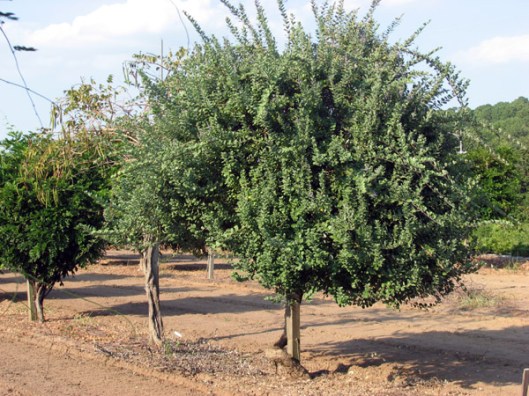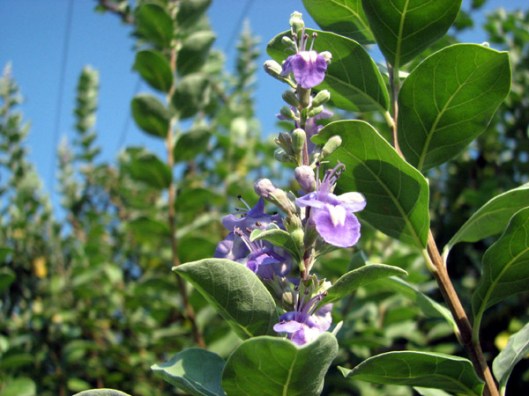Magnolia pyramidata, the Pyramid magnolia, is a very rare tree, and in Texas it’s restricted to the eastern counties of Jasper and Newton in deeply wooded sandy ridges. You can tell it from southern magnolia and sweet bay by the deciduous leaves, about 9 inches long and 4 inches wide, with earlike lobes at the base and whorls around the stem. The terminal flowers are white and fragrant and the rosy-red seed pods are two and a half inches long and longer. To grow successfully it needs acidic, sandy, moist soils and at least a little shade. It makes a nice small tree and the seed pods are a real plus in late summer.
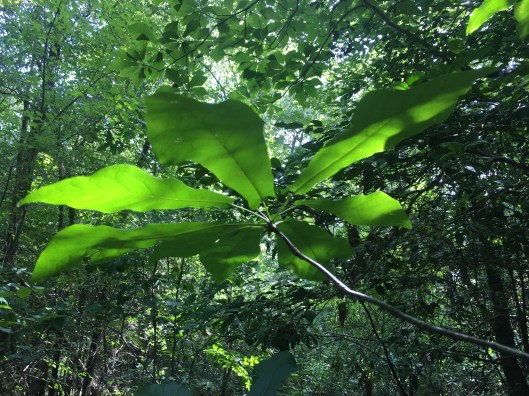
It calls home the rich woods and river bluffs, mostly in the coastal plain, sometimes lower piedmont. Never abundant, it is found in small colonies in Alabama, Florida, Georgia, Louisiana, Mississippii, South Carolina and Texas.
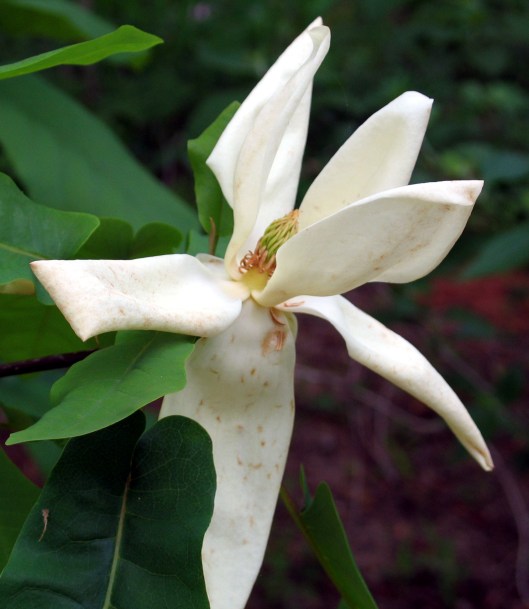
Magnolia pyramidata differs from the allopatric M. fraseri in being a smaller tree with a narrower, pyramidal habit; M. pyramidata is very local and nowhere abundant. Morphologically, M. pyramidata differs from M. fraseri in the pandurate leaf blades, smaller flowers and stipules, fewer stamens and pistils, and smaller follicetums. Magnolia pyramidata is occasionally cultivated, but it is less hardy than M. fraseri.
Seed are easy to germinate if not allowed to totally dry out. A month of stratification is sufficient.
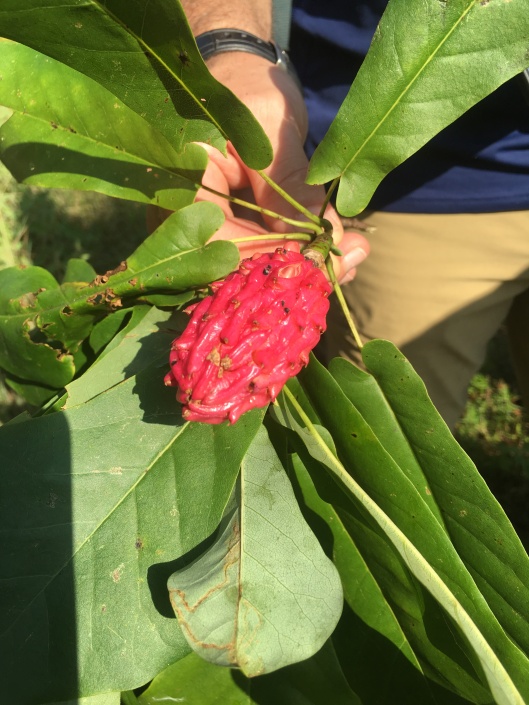
In the last year, we have enjoyed hosting a number of botanists to the East Texas population. These expeditions are adventures in the special places of East Texas. We are unsure of the record tree, but an old report suggests that the largest known tree of Magnolia pyramidata may be in Texas. Over twenty years ago, this tree was 11.9m in height with a trunk diameter of 69 cm, was recorded from Newton County, Texas (American Forestry Association 1994). We will get it remeasured. In an expedition in August 2016, Keith Stephens led a motley crew of botanists, including Darren Duling, Greg Paige, Andrew Bunting, Peter Loos, Jerrel and Darrel Durham and others to the big tree on Campbell land. I am still looking for the circumference data and will post later.

Measuring the big one

Greg Paige of Bartlett Tree holding a branch with a fat seed pod
Emma Spence of the Morton Arboretum visited East Texas and collected tissue samples for DNA analysis. She was on the final leg of an across the South expedition to gather tissue from the different populations across the South. She was unable to find ANY wild populations left in Louisiana and it was apparent that development has taken a toll in our sister state to the East. The East Texas population is on Campbell Group land and Keith Stephens was wonderful to show us around with Emma. She was quick to announce that the colony population was greater than any of the sites in states to our East, estimated at over 1000 plants.

Emma Spence of the Morton Arboretum collecting tissue in July 2017 in East Texas for DNA analysis
For now, the champion tree is in Florida and in 2010 enjoyed a 68″ circumference and a height of 102 feet with a crown spread of 39′. Good friend Richard May was the finder of this amazing tree near Gadsden, Florida and took a couple of images for us to share. I now have pyramid magnolia envy.
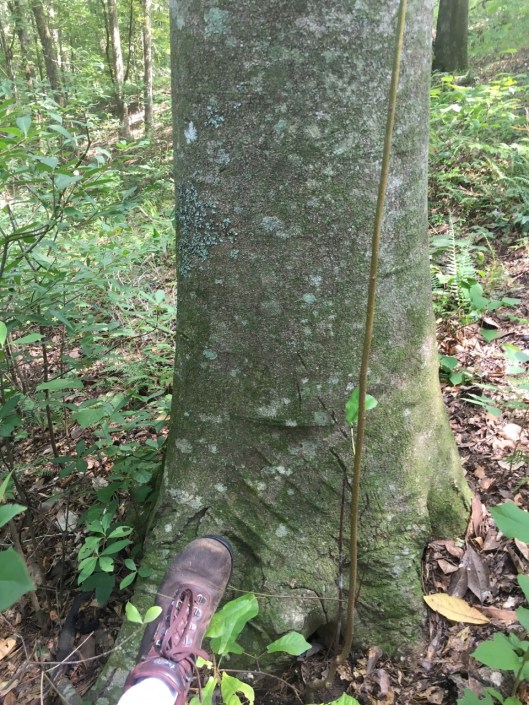

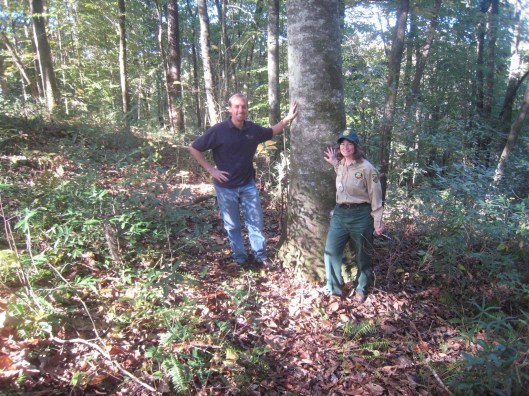
Richard May and Forest Service lady in 2010 in Florida

Richard May image near Gadsden, Florida

